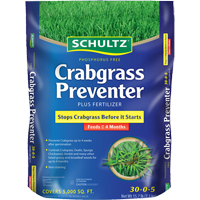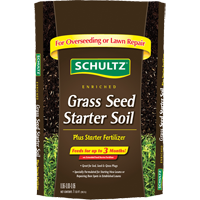
For most, it is an exciting period when the snow begins to melt. As the days get warmer and your lawn becomes exposed, there is no better time to start preparing for spring. On nice days, working little by little will make this project manageable and almost enjoyable as you think of the warm weather to come. Get ahead of your neighbor by following these simple steps for spring lawn preparation.
Spread Out the Snow. If there is still snow around, spread it out evenly across your lawn to speed up the melting process.
Rake Your Lawn. Over the fall and winter, your lawn accumulates sticks, leaves and debris. Starting with a clean, fresh lawn will help when planting grass seed and applying fertilizer. It also clears the lawn for maximum exposure to the warm sun and debris that may harm the mower blade.
Aerating. Aeration is always a good idea when you have soil compaction. Aerating can be extremely effective by allowing the roots to breath and creating space for fertilizer, seeds, and water to reach the roots. Be sure to give you lawn time to repair before it goes dormant. The optimal time for aerating warm season grasses is in the spring/early summer and for cool season grasses is in the fall.
Fixing Barespots, Repair Damage. Find areas where grass is thin or dead. Rake the area 1 to 2 inches to expose the soil. Then mix in a Grass Seed Starter Soil to enhance the native soil by adding nutrients for the newly planted seeds. Be sure to use a grass seed that matches your existing lawn and follow the packaging instruction carefully. For a great line-up of grass seed products, check out: Nitrofuze.
Prevent Crabgrass Early. Apply a fertilizer with a pre and early post – emergent before the soil temperatures warm up for season-long control of crabgrass. Be sure to only apply to well-established lawns with a developed root system. Most crabgrass preventers are activated by rain or irrigation. Read the fertilizer package for more details. Stay on track by implementing a Lawn Fertilizer Program. This helps maintain timing and application of the correct and effective nutrients.
Watering Your Lawn. Water your lawn regularly; especially in areas you applied grass seed. This should be done deeply to encourage healthy root growth. Make sure you don’t over-water the lawn, you don’t want the roots to sit in extremely wet soil.
First Spring Mow. Before you can mow, you need to determine the ground moisture level. You don’t want your lawn to be soggy or damp, otherwise your lawn mower wheels will damage your lawn by creating ruts in the ground. Also, follow the 1/3rd trim rule. Be sure your lawn still stands green and healthy after cutting 1/3rd of the grass blade with each mowing. Lastly, make sure your mower blades are kept sharp and clean to keep turf healthy all season long.











